
Atomic Maps Reveal How Iron Rusts
Scientists discovered how iron atoms continually re-arrange on surfaces, offering insights into metal corrosion and soil remediation.

Scientists discovered how iron atoms continually re-arrange on surfaces, offering insights into metal corrosion and soil remediation.
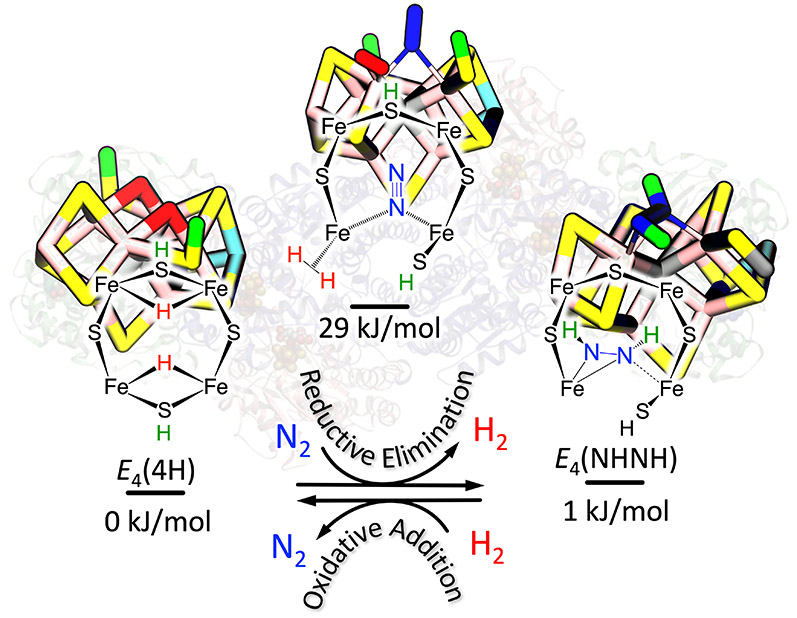
Researchers demystify how the nitrogenase enzyme breaks bonds to learn a better way to make ammonia.
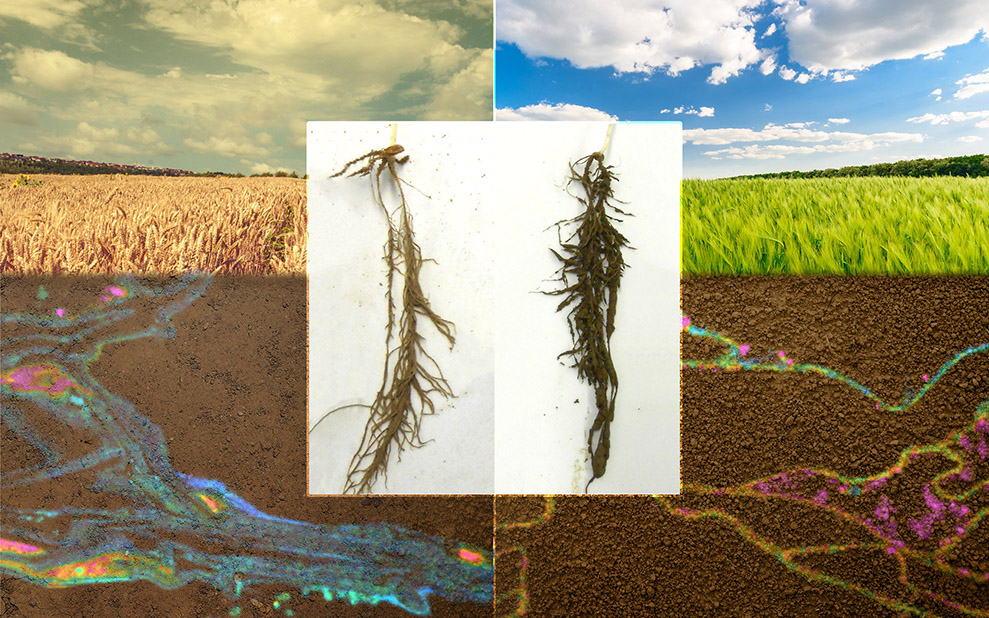
Even a single species of bacteria can positively affect soils and plants, improving and even enabling agriculture in semi-arid areas.

First-of-a-kind study advances understanding of microbial and viral communities involved in biomass breakdown.
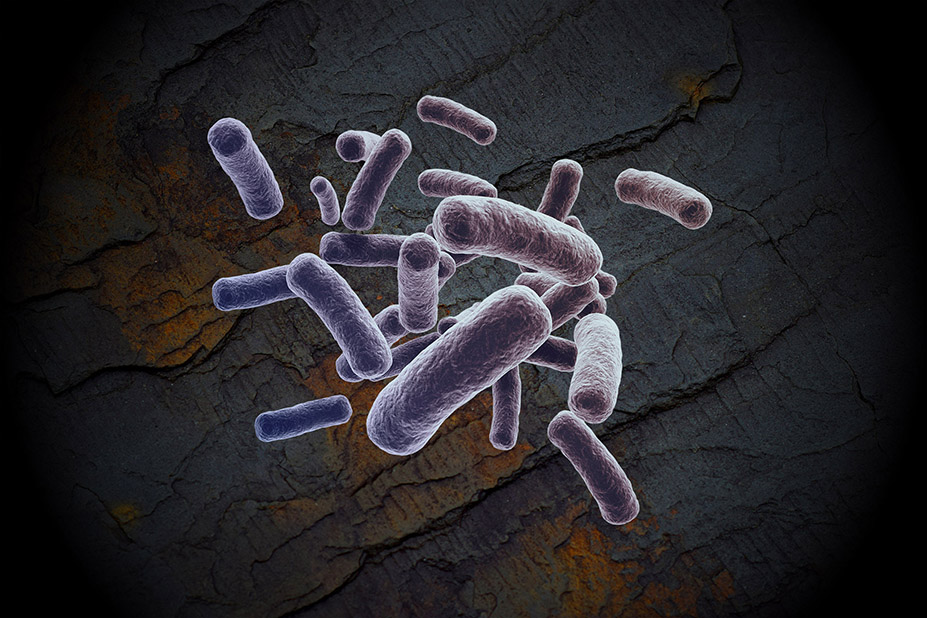
Scientists reveal the importance of an amino acid that supplies energy and protection for microbial communities deep underground.
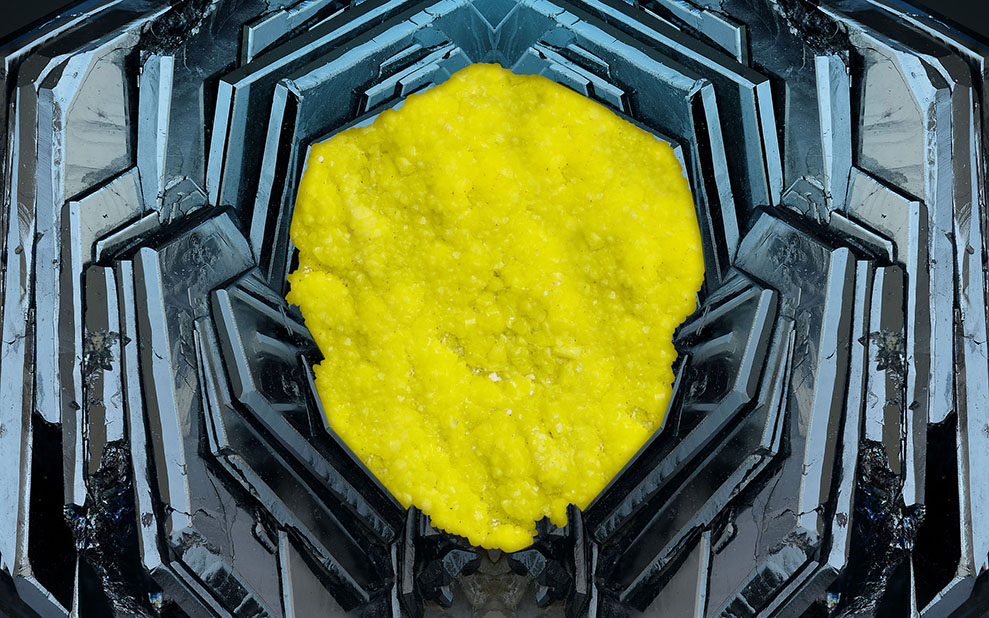
An atomic view of how toxic uranium binds to iron minerals in the environment enables better predictions of its behavior.
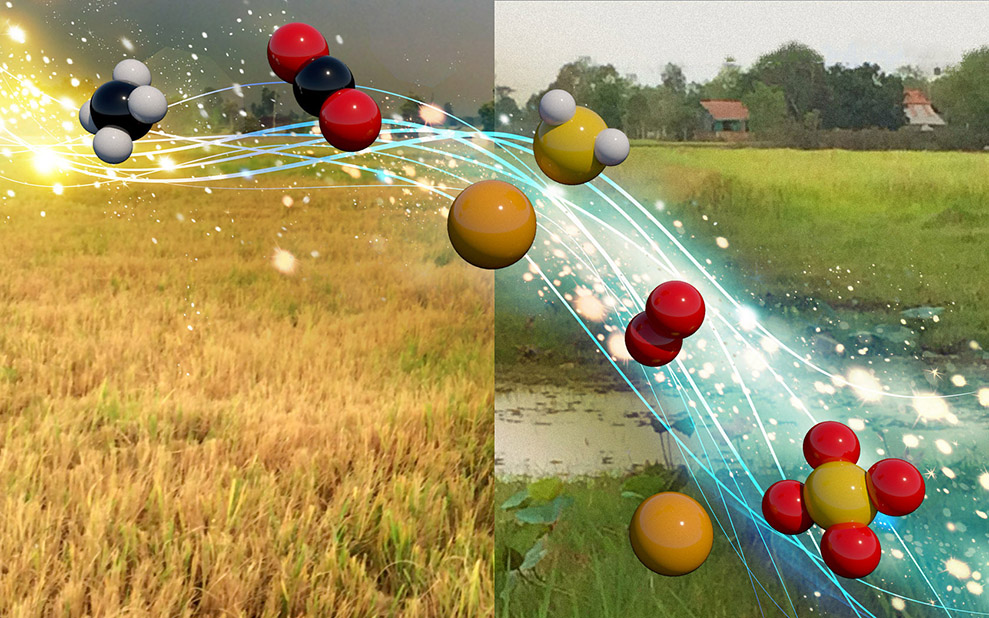
A pioneering study offers an easier approach to study how microbes work and could help scientists advance models of the cycling of elements and nutrients in frequently flooded soils.
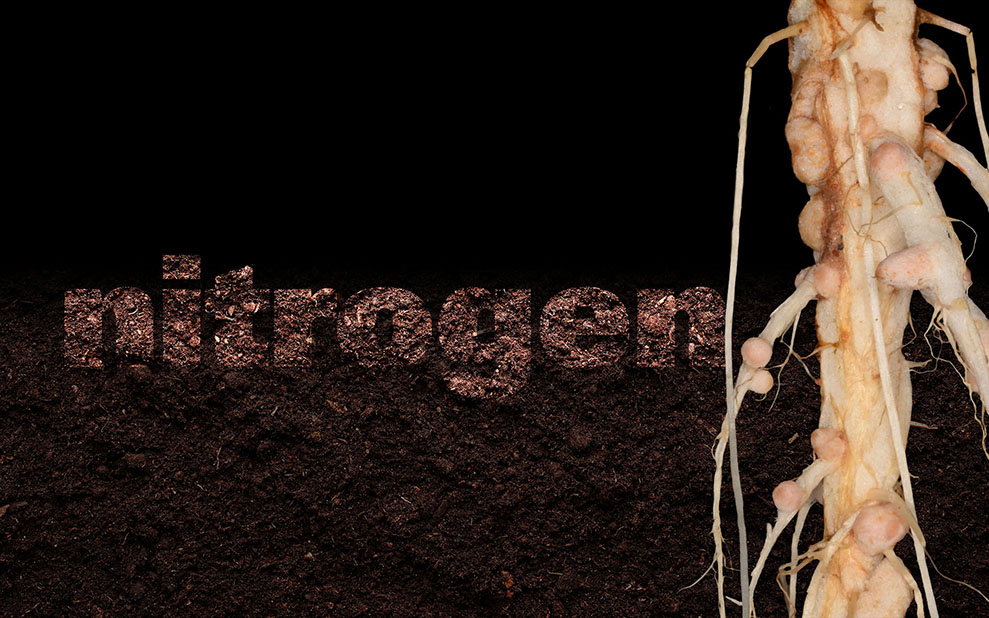
Scientists develop a molecular map of metabolic products of bacteria in root nodules to aid sustainable agriculture.
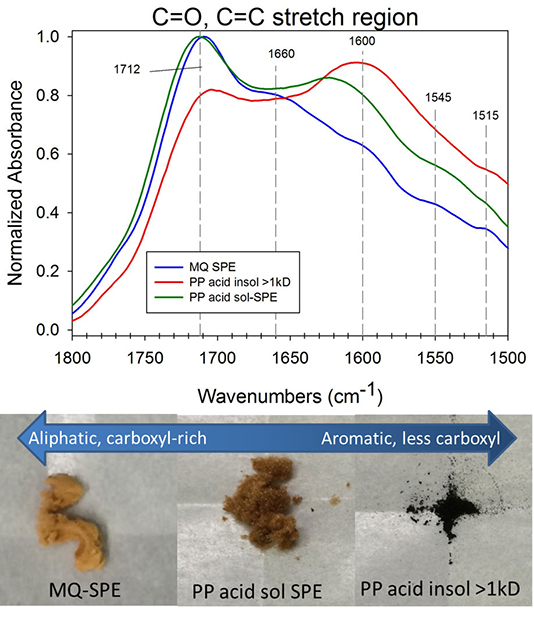
Characterizing carbon stored in deeper sediments below soils is critical for understanding the stability and dynamics of Earth’s carbon pool.
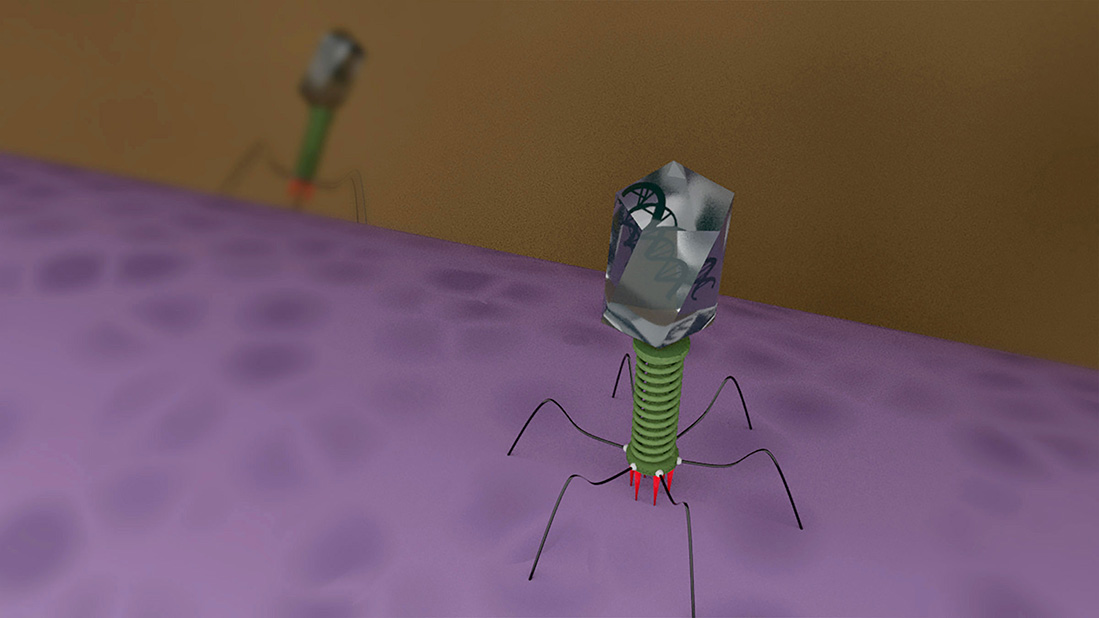
Molecular studies show phage-host interactions are more complicated than most laboratory studies suggest.
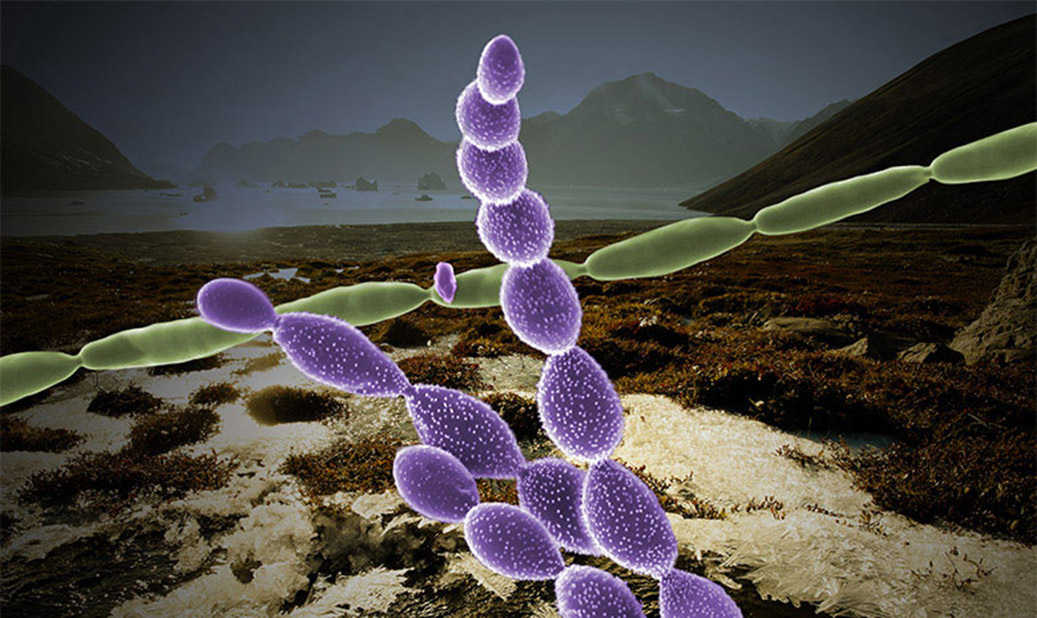
Recovery of more than 1500 microbial genomes shines light on how carbon is metabolized as permafrost thaws.
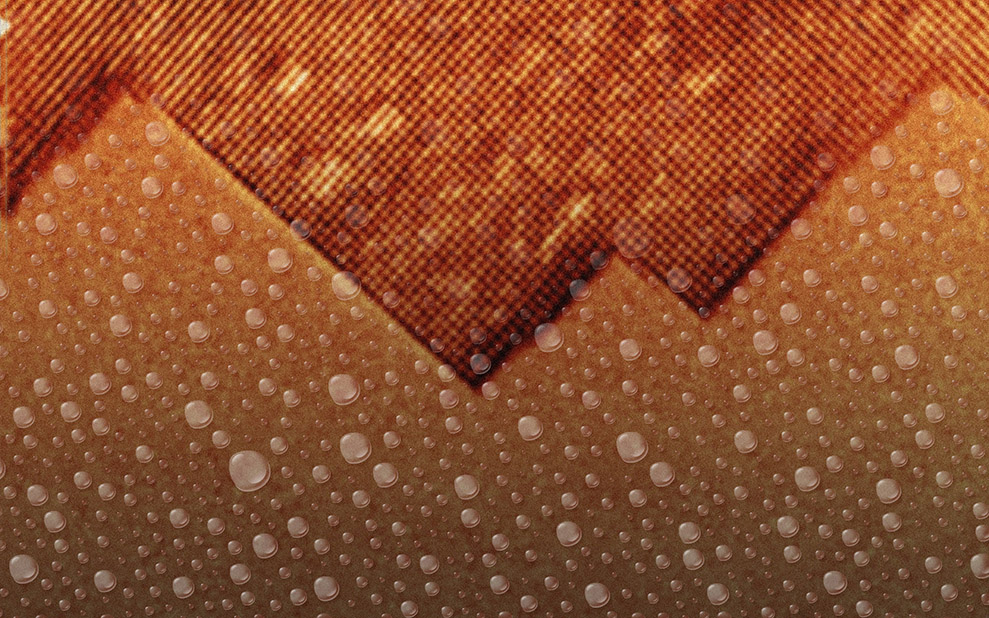
New insights into molecular-level processes could help prevent corrosion and improve catalytic conversion.